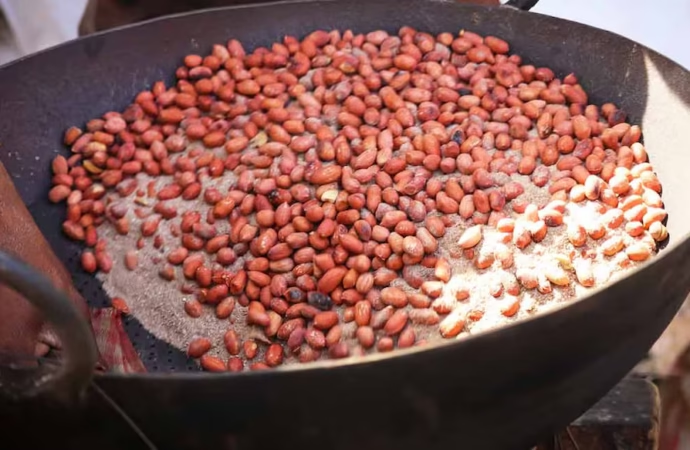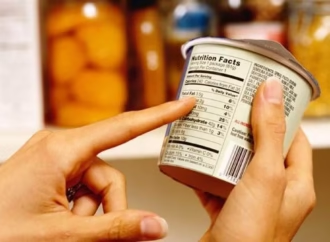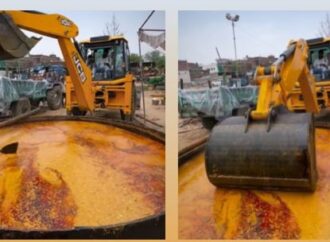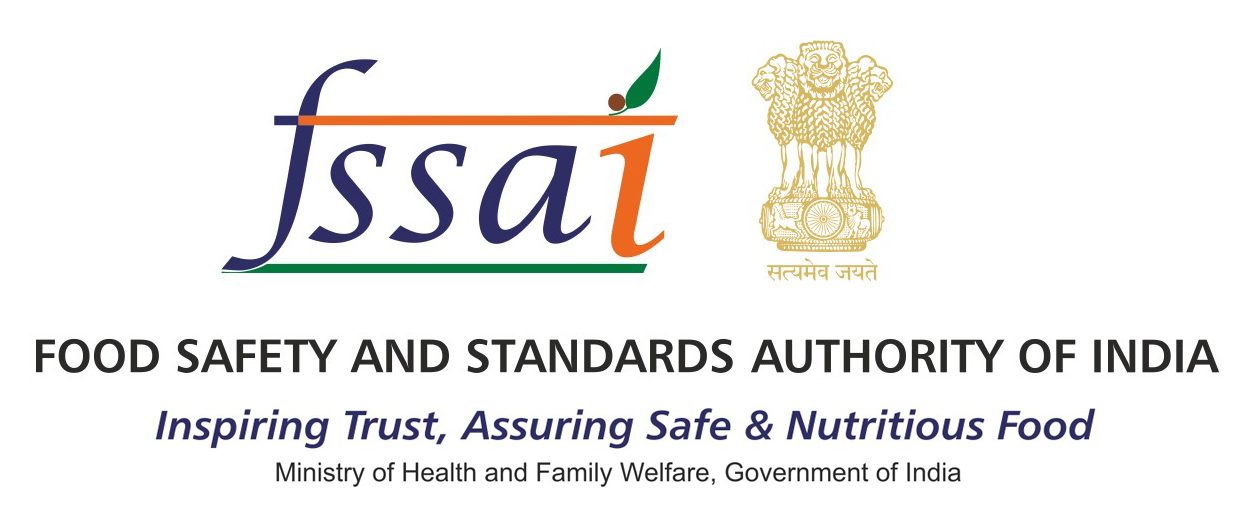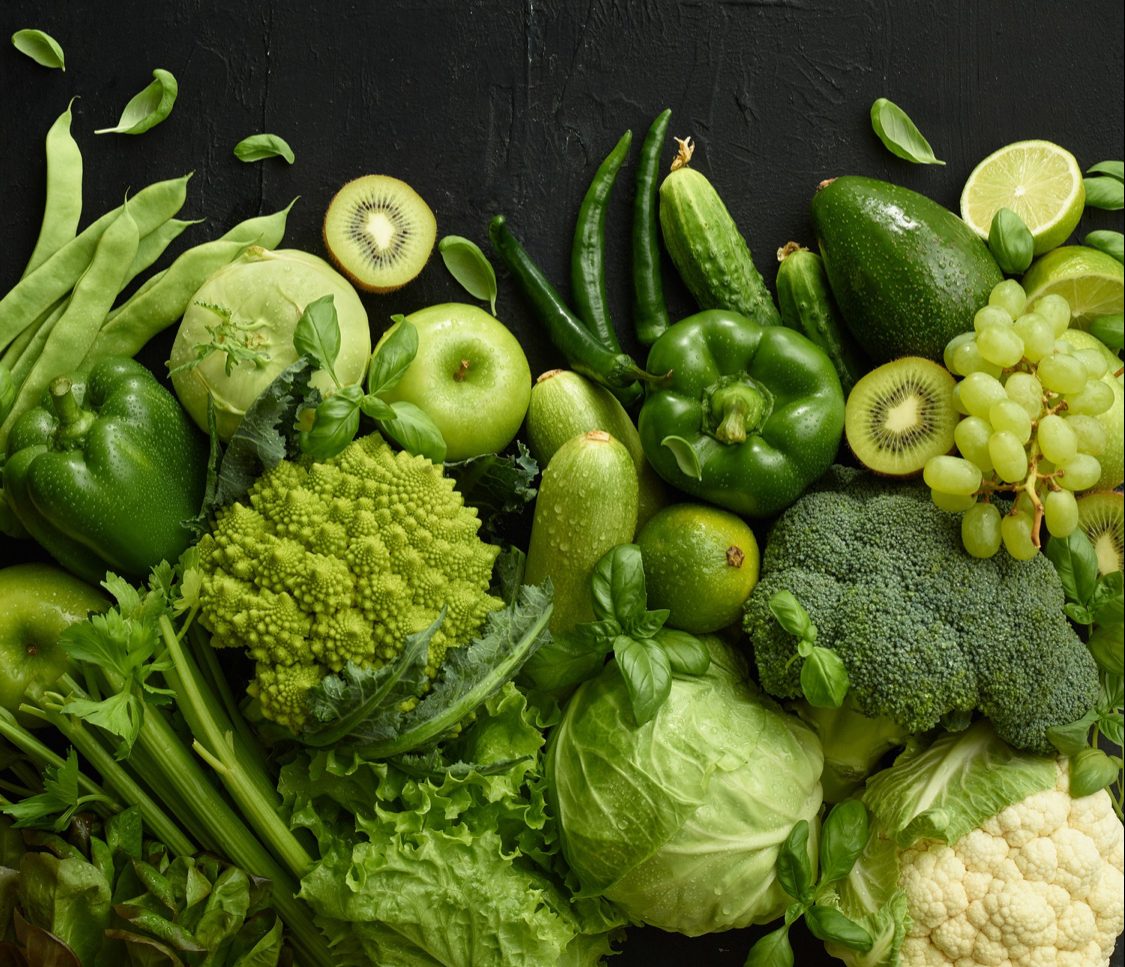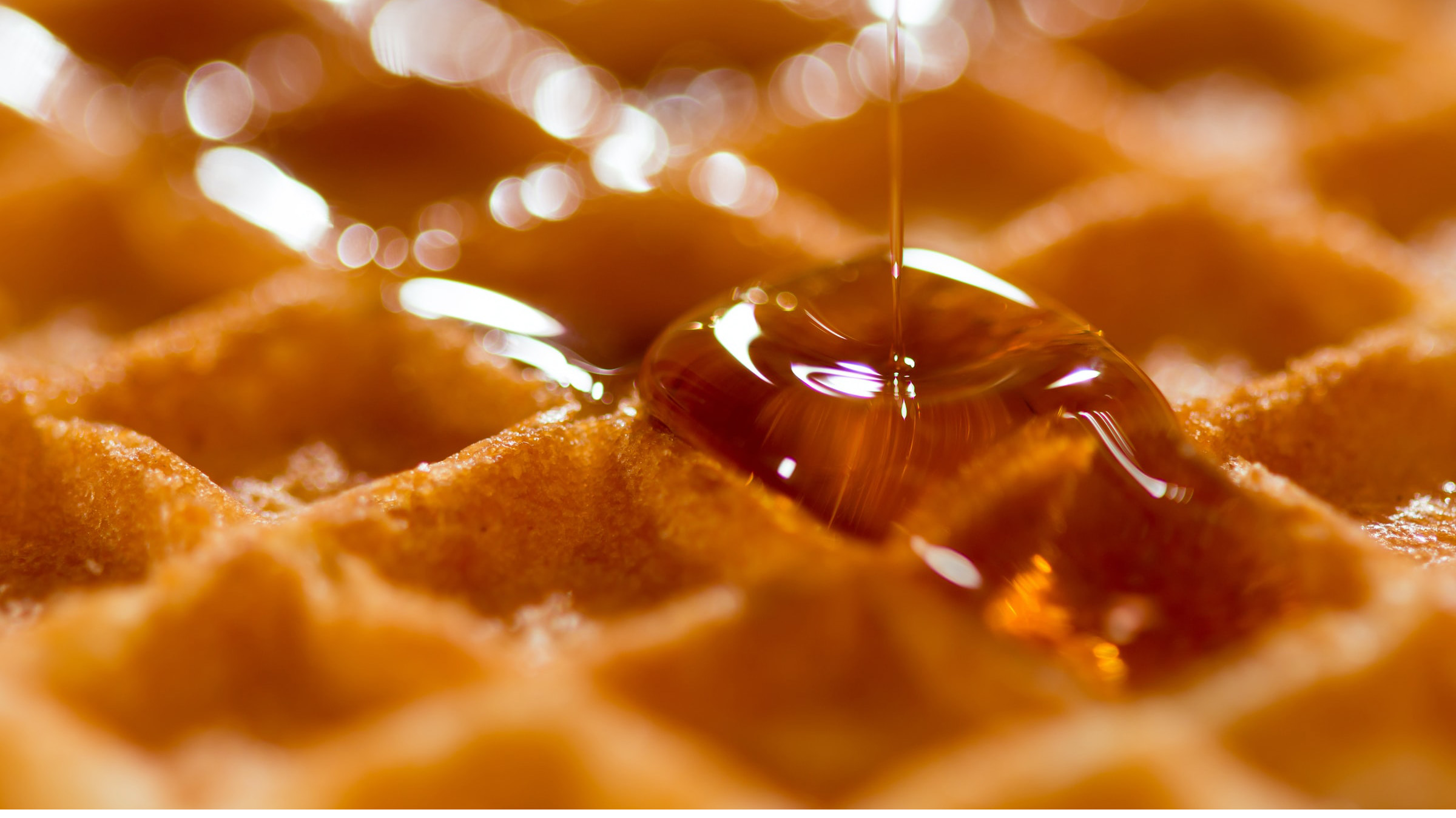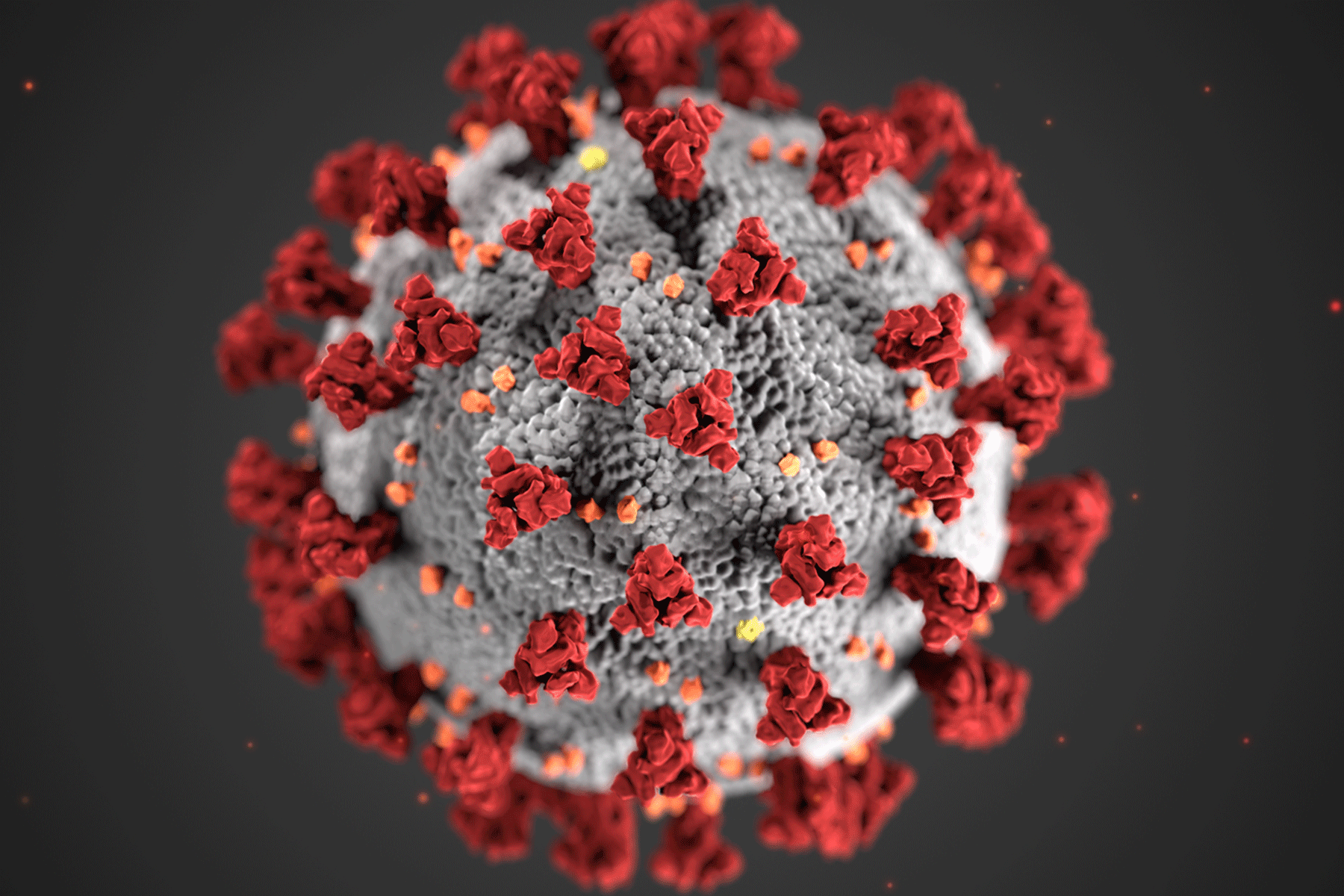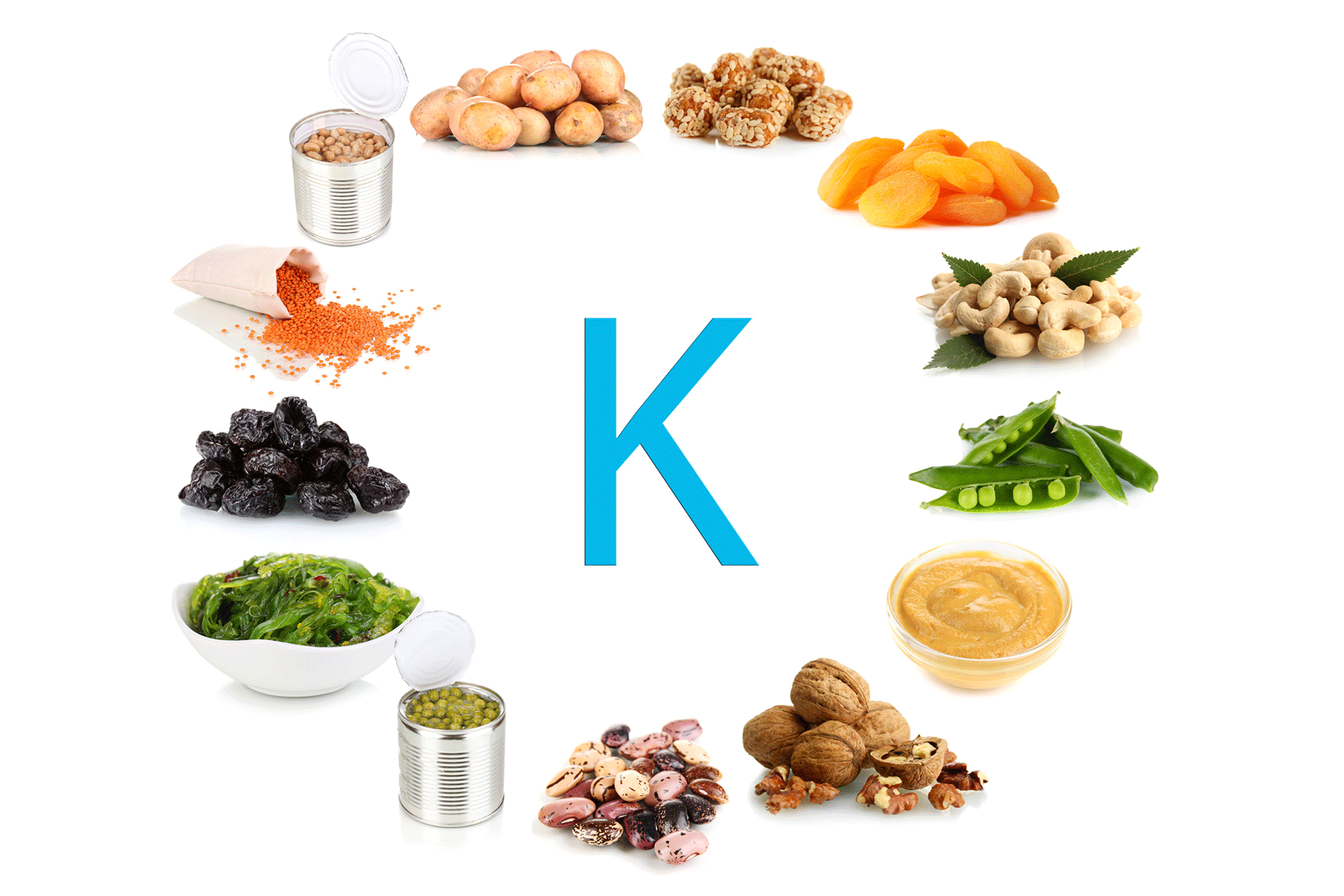Overview
For decades, people across India have embraced sand-roasted peanuts as part of the street food culture. Vendors from Mumbai’s beaches to Kerala’s roadside stalls commonly use this traditional method. They heat coarse sand in an iron pan and stir peanuts into it continuously. This ensures each peanut gets evenly roasted. In contrast, roasting peanuts in a regular pan often results in uneven cooking. After roasting, vendors sieve the sand out to separate the peanuts.
Are Sand-Roasted Peanuts Safe to Eat?
When vendors use clean sand and apply high temperatures, sand-roasted peanuts can be relatively safe and healthy. The hot sand spreads heat evenly, helping the peanuts roast uniformly. Because this method doesn’t involve oil, additives, preservatives, or artificial flavorings, the peanuts stay low in calories. The process also preserves their natural protein and fiber content.
What Are the Risks?
Despite the benefits, risks arise when vendors use unclean sand. If they don’t wash or source the sand properly, it may contain dirt, heavy metals, chemical residues, or even fecal matter. Eating peanuts roasted in such sand can lead to foodborne infections or stomach issues. Many street vendors roast food in open, dusty environments, often without proper hygiene practices. Unlike packaged foods, these preparations rarely follow food safety regulations, which increases the risk of contamination.
Is Boiling a Better Option?
Many people consider boiling a healthier way to prepare peanuts. Studies show that boiled peanuts contain four times more antioxidants than roasted ones. They also have lower fat and fewer calories, which makes them ideal for those trying to lose weight. However, roasted peanuts retain more protein and fiber, which can be beneficial for others depending on their dietary needs.
Source: Manoramaonline
 Food Manifest
Food Manifest 